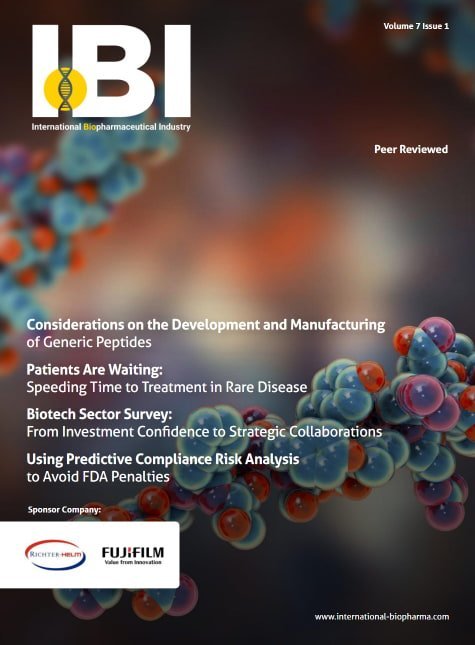Overcoming the Challenges Facing Editors and Publishers
Western blots are frequently included in scientific papers to report results when analysing proteins in a sample. However, research shows that Western blot images are a common source of integrity issues, the publication of which can be harmful to journals. Here, Dr Dror Kolodkin Gal, founder of image checking tool, Proofig AI, explores the challenges editors and publishers face when reviewing Western blot images and suggests how to more effectively identify issues before publication.
Western blotting is commonly used in laboratories around the world to detect proteins and gauge their expression levels. A search for ‘Western blot’ on PubMed returns over 400,000 results, 20,000 of which are from 2022.1 However, according to leading image data integrity analyst Jana Christopher, MA, the percentage of manuscripts flagged for image-related problems, including issues with Western blots, ranges from 20 per cent to 35 per cent.2
With potentially far-reaching consequences for any journals publishing such papers, and for the scientific literature as a whole, identifying and resolving these issues pre-publication is crucial.
Risks to Publishers
The most serious consequence of publishing an article containing image integrity issues is retraction. Arguably, retractions have the biggest impact on the authors’ careers and reputations, but the journal can also pay a price.
The process might begin with a reader privately writing to the author’s institution to confess concerns about an article, or more publicly posting an anonymous comment on a platform such as Retraction Watch3 or PubPeer.4 The journal may then have to investigate, possibly in conjunction with other parties, such as the author’s research institution, funding agencies or regulatory bodies. This process of investigating the results and the cause of the problem can take years.5 Multiple retractions could also lead to journals being delisted from indexes6 or closed.7
In addition, a retraction can damage the journal’s reputation for publishing high-quality research, and reputational damage occurs during an investigation of whether allegations turn out to be valid or not. This can lead to a loss of trust among readers, authors, and funding agencies. It can also make it more difficult for the journal to attract top-quality manuscripts in the future.
Retracting an article can also be expensive for the journal. It can involve the cost of notifying readers, authors, and funding agencies, as well as the cost of re-evaluating other articles by the same authors. In some cases, the journal can become embroiled in legal battles or be forced to pay damages to the affected parties.
Where Issues Arise
People reporting instances of image issues often assume that the only reason for altering an image like a Western blot is to falsify results or fraudulently increase the chances of publication, but most issues are honest mistakes.























